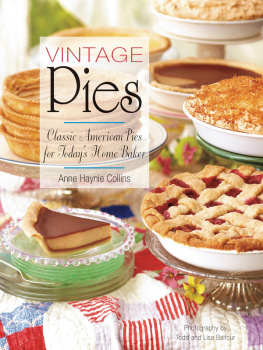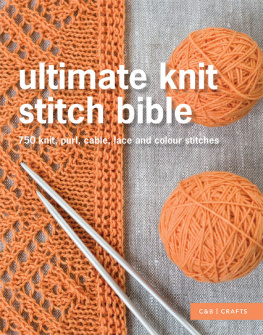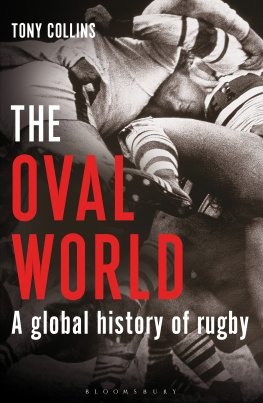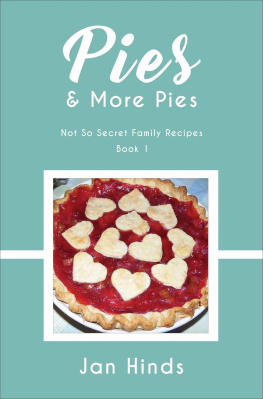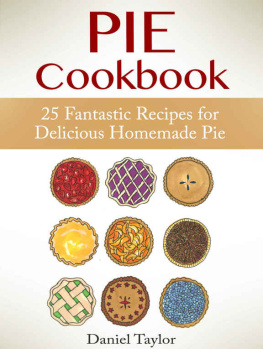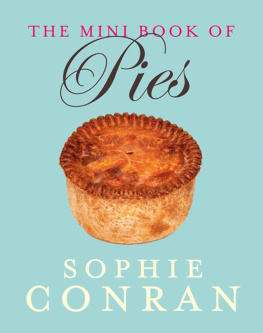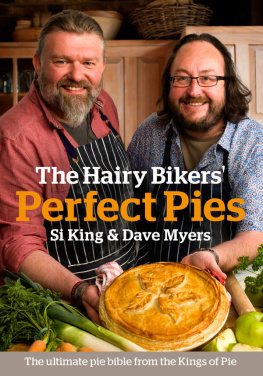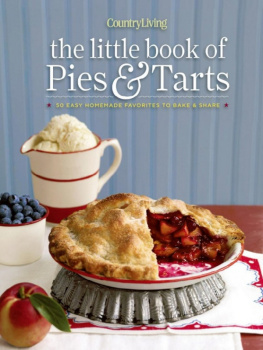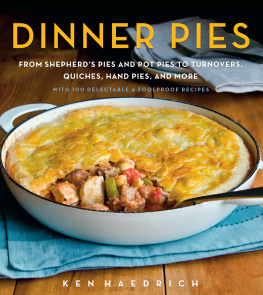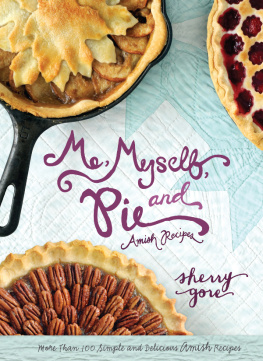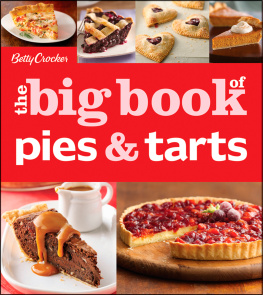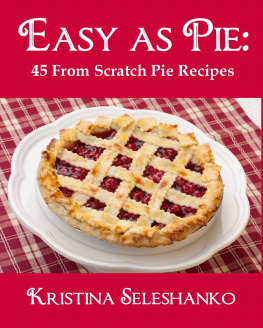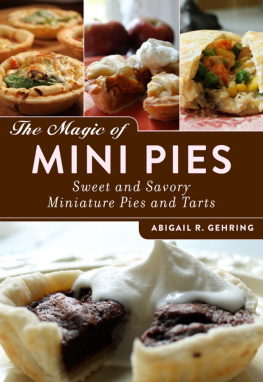


Contents
Please bookmark your page before following links.
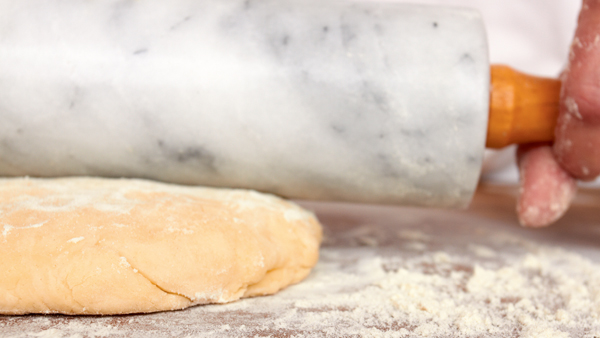
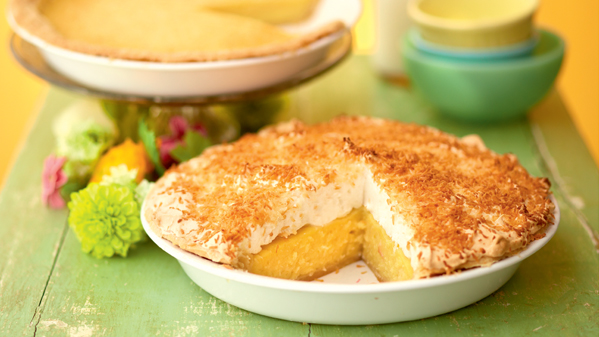
No pie-eating people can be
permanently vanquished.
New York Times , 1902
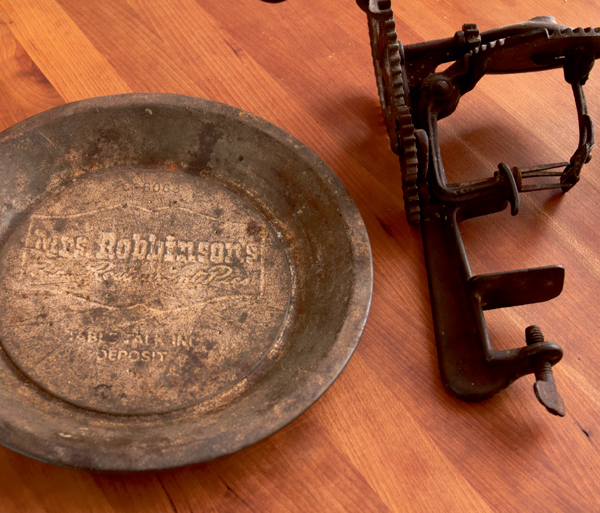
P ies were once a staple of the American table. My grandmother, Pearl Thomas, was born Pearl Savage in 1894, and she remembered her grandmother, Nancy Stone, baking up to a dozen pies each week, to feed her family and the farmhands. Pies were baked fresh in the morning and served at noon, with the days main meal; a slice of pie, wrapped in a cloth napkin, went in a tin pail to the fields for midafternoon. Pie was served cold, with a glass of buttermilk, at supper, and again for breakfast. Pies graced Sunday dinner tables, quilting bees, and wedding suppers, and fed grieving families.
I became fascinated with old pie recipes as a child, and have been collecting them for over 40 yearsheirloom pies, I suppose we would call them today, as they come from a time before the advent of such ingredients as corn syrup and artificial food colorings. My primary sources were elderly people, and my method was simple: asking them to tell me their favorite pie from childhood, and about pies that werent made any longer. If someone didnt have a recipe for me, Id thumb through old cookbooks until I found one, or, failing that, Id reengineer a modern recipe with traditional ingredients. Then Id bake it up and have them test it. Food-memory is an amazing thing, and my victims would let me know immediately if the taste and consistency were right. (Or, probably more importantly, if not.) What I did not realize, until I began the research for this book, was how old these recipes actually were, with many of them dating to the earliest days of this country.
The recipe for piecrust comes from Nancy Stone. Its a good crust, flaky, but sturdy enough to stand up to any filling. The fillings are simple, but delicious, and make use of the ingredients that a farm- or housewife would have had on hand in her larder. And these recipes speak to the ingenuity and thrift of those women, using sometimes improbable ingredients, and letting nothing go to waste.
Pies are not meant to be food art. (Although, on a good day, they can be.) Piecrusts shrink or have to be patched, fillings bubble over, meringues weep. But a pies purpose is not to be beautiful; rather, to be eaten and savored.
All of the recipes make 9-inch pies. When I first began baking, an 8-inch-diameter pie plate was considered the standard size; today 9-inch is the standard, and 8-inch pie plates have almost disappeared. (One slice of 9-inch pie will have 26 percent more calories than a slice of 8-inch pie.)
In this book, every pie bakes at 350F. Until fairly recently, bakers didnt have the luxury of variable-temperature ovensthe temperature you had was the temperature you had. An advantage to a single baking temperature is that you can bake any of the pies together.
In the days before refrigeration, butter was salted to retard spoilage. So in the recipes that call for butter, Ive used lightly salted rather than unsalted. Please note that in this book, a stick of commercially sold butter is assumed to weigh 4 ounces; if using local or artisan butter, take care to measure out the weight specified in the recipe, as stick sizes may differ.
For recipes using whole milk, I prefer unhomogenized, or cream-on-top, milk. Thats the more traditional ingredient, but homogenized milk will work just as well.
If you have access to eggs from free-range chickens, I recommend using them, particularly for pies with lighter-colored fillings. The eggs from free-range chickens usually have bright yellow or orange yolks and make spectacularly beautiful custards.
And, finally, while the recipes in this book will provide you with instructions for doing things the old way, such as boiling your own cider, or steaming your own pumpkin, you will find them equally adaptable to modern life and modern schedules. But sometimes its fun to take a step back in time, and remember how it was once done.
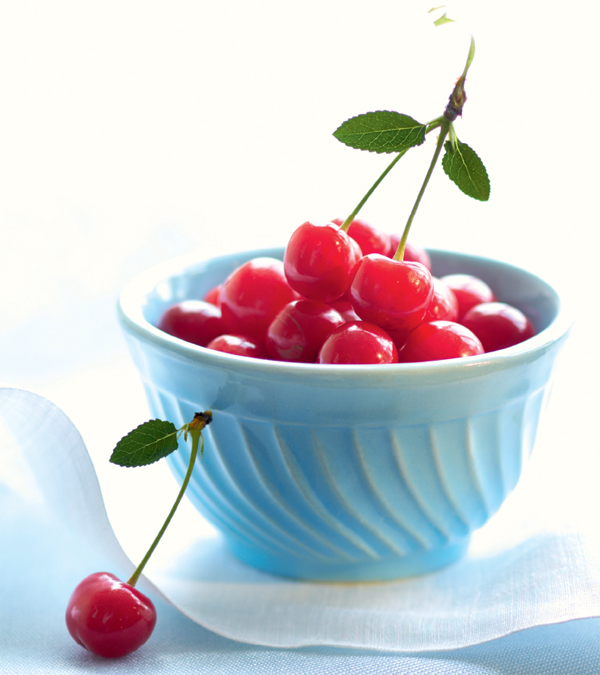
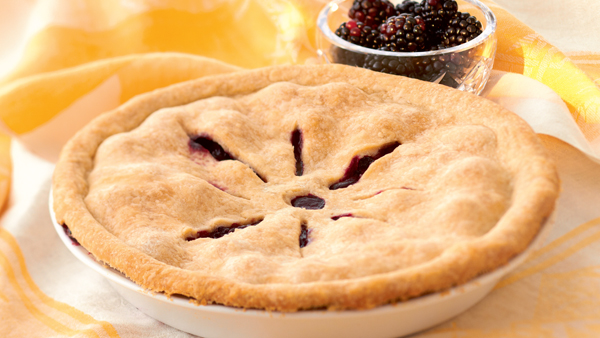
This recipe for piecrust has been in my family since the 1860s. It is basic, easy to work with, and very forgiving, and produces a light and flaky crust.
This will make one generous 9-inch piecrust.
| 1 | cup unbleached all-purpose flour, plus about cup for kneading and rolling dough |
| teaspoon salt |
| 7 | tablespoons lard or solid vegetable shortening |
| cup cold water |
If your recipe calls for a prebaked or partially baked crust, preheat your oven to 350F.
Combine the 1 cup of the flour and the salt in a large bowl with a fork. Put each tablespoon of the lard in a different place on top of the flour mixture. With a pastry blender or two knives, very lightly and quickly cut the lard into the flour mixture to form crumbs about the size of peas.
Sprinkle the cold water over the top of the flour mixture. Stir the mixture with a fork until it just holds together.
Sprinkle a flat work surface with about cup of flour. Turn the dough out of the bowl onto the floured surface. With your fingertips, lightly and quickly knead the dough just until its smooth, about 15 strokes.
Gather the dough together with your hands and form it into a ball. Flatten the ball into a thick circle.
I dont chill my pie dough; I just put it directly in the pie plate. Heres why: I learned pie making from my grandmother when I was 10 or 11 (and she was in her mid-70s) and thats the way she did it. It wasnt until much later that I learned that most recipes call for chilling dough.
MAKING PIECRUST
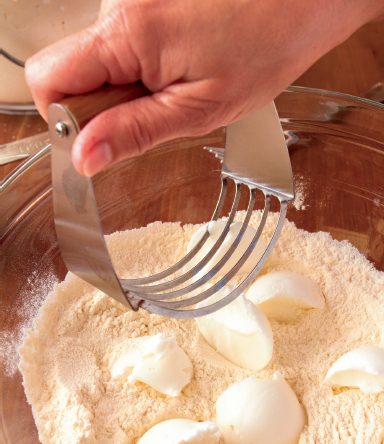
placing lard on flour
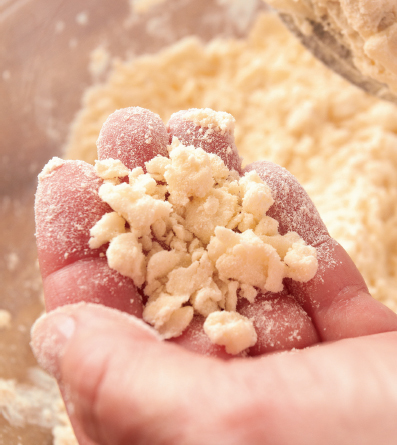
proper size crumb after cutting in lard
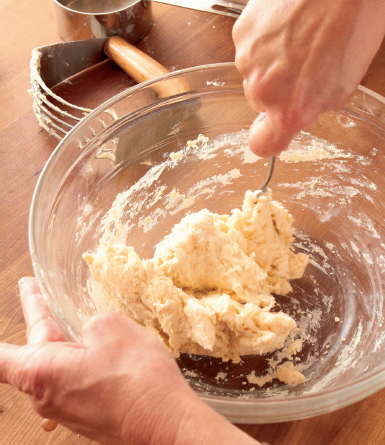
coming together after adding water
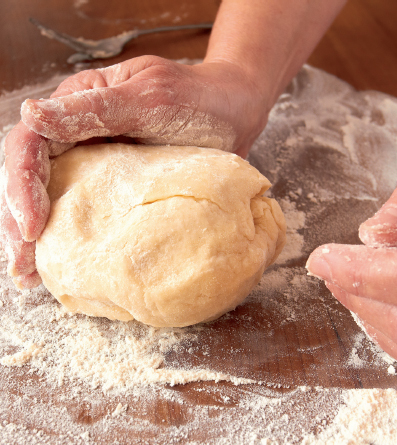
what kneaded pie dough looks like
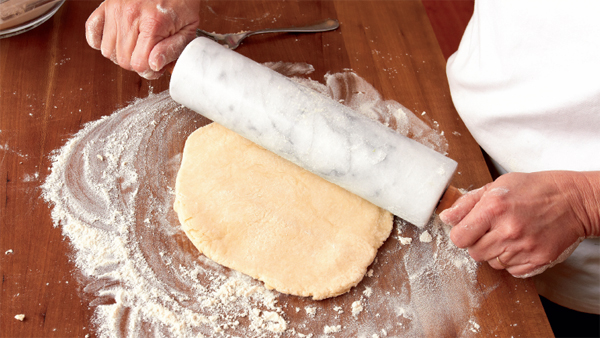
Next page
